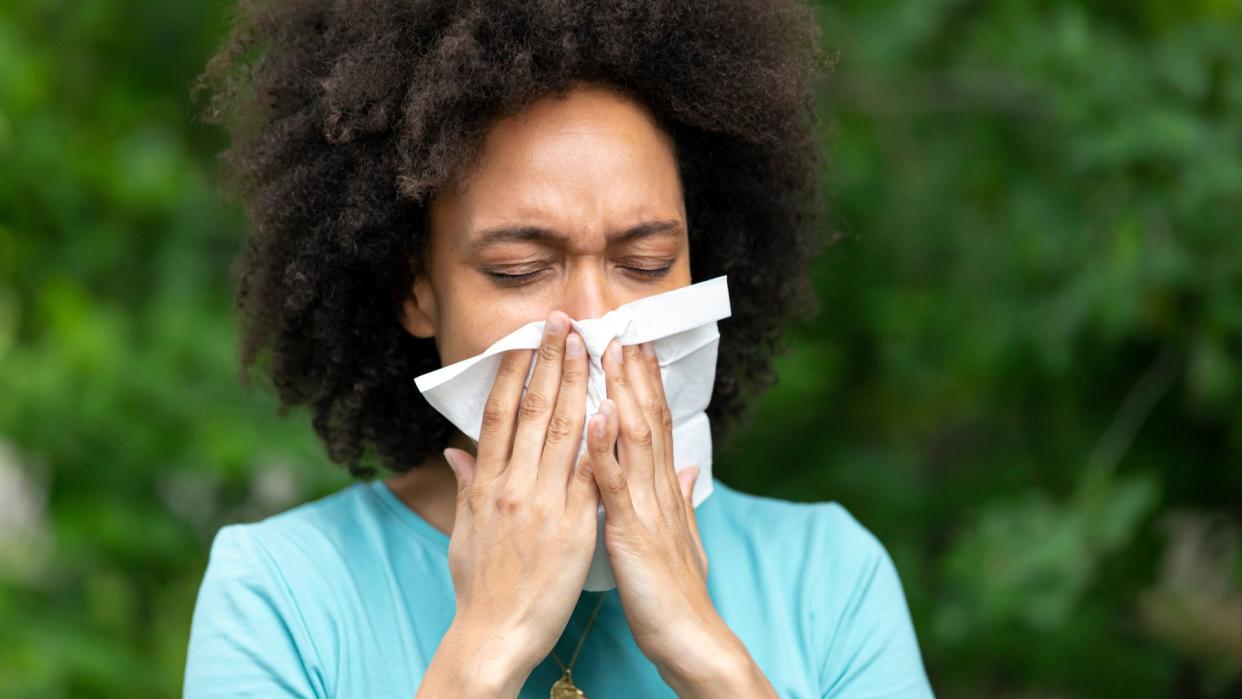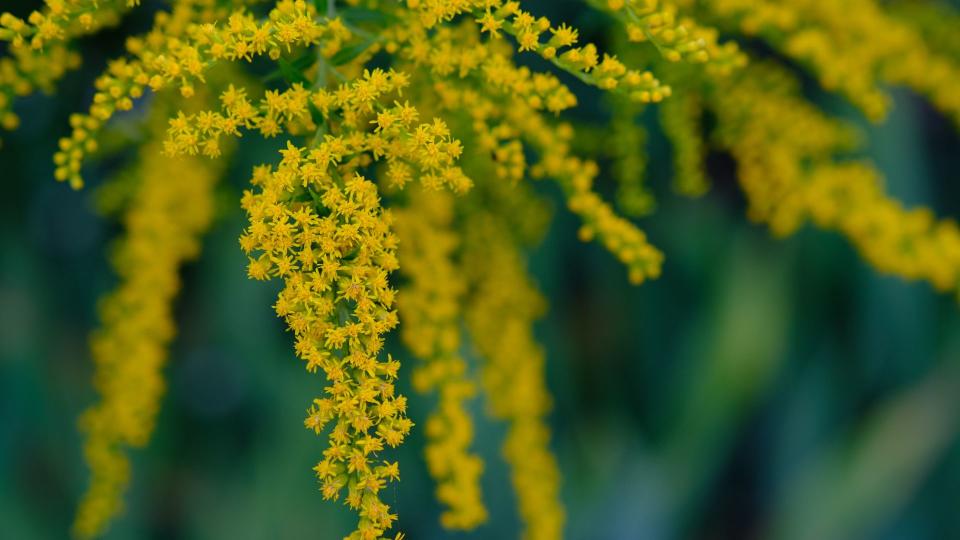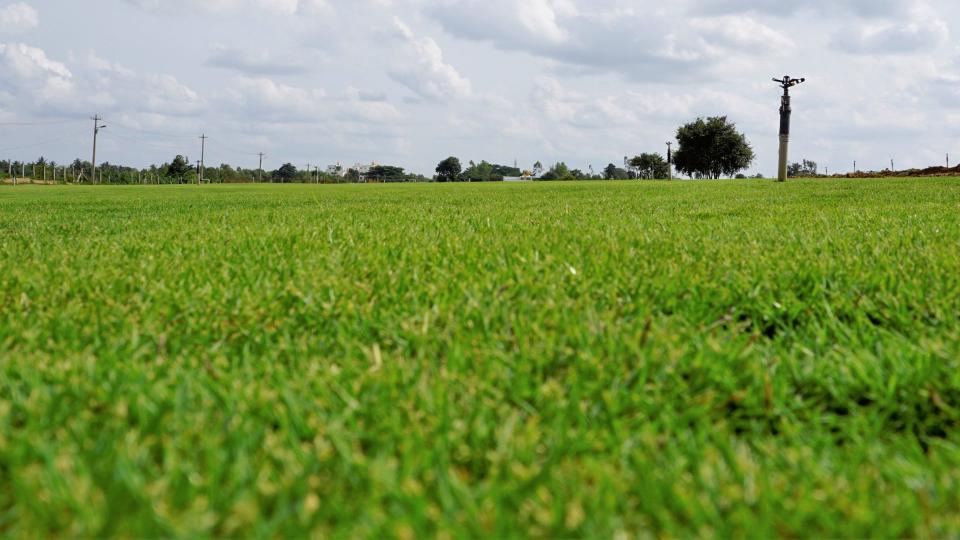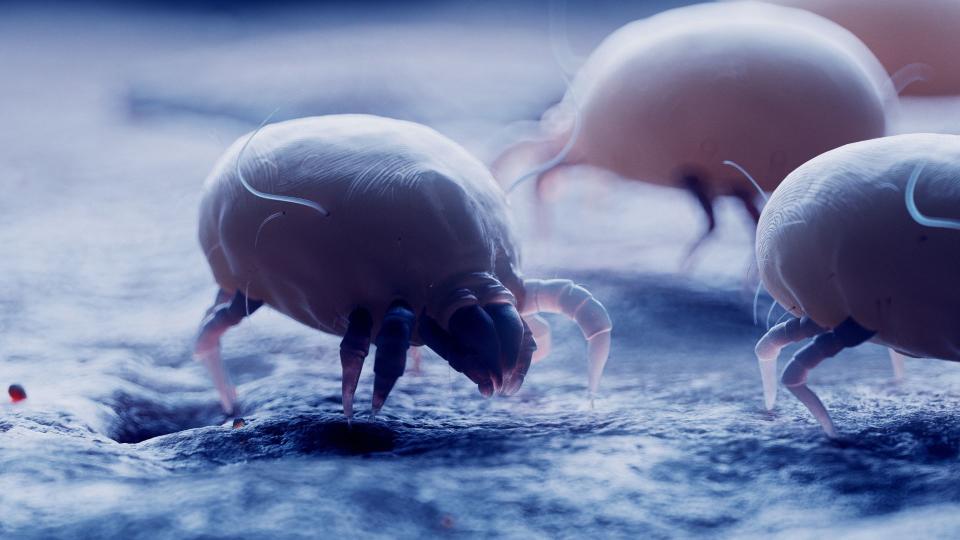The 5 most common seasonal allergies

Allergies are the sixth leading cause of chronic illness in the United States, according to The American College of Allergy, Asthma & Immunology (ACAAI).
Some of the 50 million Americans who experience this condition each year will be affected by common seasonal allergies. In fact, approximately 8% of U.S. adults have allergic rhinitis, a condition often called hay fever. Hay fever tends to flare up in spring, summer and early fall.
Seasonal allergies occur when the immune system mistakes a harmless environmental substance as a dangerous pathogen. In response, the body releases compounds such as histamines, leukotrienes and prostaglandins, which cause common hay fever symptoms, such as sneezing, coughing, runny nose, watery eyes, congestion and fatigue.
But what substances are most often to blame for hay fever? Here, we discuss the five most common triggers for seasonal allergies in the U.S.
Related: 7 strategies for outdoor lovers with seasonal allergies
1. Weed pollen

Pollen is a fine powdery substance produced by plants when they reproduce. The male reproductive parts of plants — including the stamens of flowers and the male cones of conifers — release these microscopic grains into the environment. Pollen is transported by the wind, insects or other animals to the female ovule. When airborne pollen gets trapped in the nasal passages of people who are allergic to it, it can cause inflammation and irritation to the nose and eyes, according to Yale Medicine.
Weed pollen is the primary culprit for late-summer and early-fall allergies. According to the Asthma and Allergy Foundation of America (AAFA), common weeds that cause allergic symptoms include burning bush, cocklebur, lamb's quarters, mugwort, pigweed, Russian thistle, sagebrush and tumbleweed. However, top on the list of offenders is ragweed (Ambrosia artemisiifolia).
Ragweed pollen allergy is a leading cause of seasonal allergic rhinitis in the U.S., according to the Allergy & Asthma Network (AAN). Ragweed plants are found in virtually every region of the United States, but they are particularly abundant in the East and Midwest. These plants pollinate from early August to November, with peak activity in mid-September and October. One ragweed plant can produce up to 1 billion pollen grains that can travel hundreds of miles. In addition to typical hay fever symptoms, ragweed can cause a blistering rash or trigger an asthma flare-up.
2. Grass pollen

Grass pollen, like weed pollen, is lightweight and travels easily through the air. For the northern United States, the grass pollen allergy season lasts primarily from April to June. In the South, some grasses may cause year-round allergies, according to the AAN.
There are hundreds of types of grasses, but only a few cause allergy symptoms. If you are allergic to one type of grass, it does not necessarily mean you will be allergic to others.
Common grasses that can trigger hay fever in the northern U.S. include Timothy (Phleum pratense), Kentucky blue (Poa pratensis), rye (Lolium perenne) and fescue (Festuca arundinacea). Common grasses that trigger hay fever in the South include bahia (Paspalum notatum), Bermuda (Cynodon dactylon), centipede (Eremochloa ophiuroides), Johnson (Sorghum halepense), St. Augustine (Stenotaphrum secundatum) and multiple Zoysia species, AAN said.
3. Tree pollen

Tree pollen is the first pollen to appear each year in the United States. In some Southern states, trees can produce pollen as early as January, whereas pollen production usually begins in April in the North, according to the AAFA. Many trees produce pollen through May, which overlaps with the grass pollen season.
According to the AAN, common tree pollen allergens include oak, maple, birch, cedar, juniper, mountain cedar (Juniperus ashei) and Eucalyptus. Mountain cedar often causes allergies in December in Texas, Oklahoma and other Southern states. The phenomenon is nicknamed "Southwest cedar fever" or "Texas cedar fever." Mountain cedar is known to release so much pollen that it looks like smoke in the air.
4. Mold and fungus spores

Mold is a type of fungus that reproduces by sending tiny spores into the air. Mold thrives in warm, dark and moist environments. Mold can be found indoors year-round. However, allergy symptoms from fungus spores are most common from July to early fall, according to the AAFA.
Many types of mold grow on rotting logs and fallen leaves, in compost piles, and on grasses and grains. Mold does not die in cold temperatures. Instead, it becomes inactive during the winter and resurfaces in the spring. Indoors, fungi tend to grow in damp areas, like bathrooms, kitchens and basements. Common types of mold that cause allergy symptoms include Alternaria, Aspergillus, Cladosporium, Penicillium and mildew. Food fungi, like mushrooms or foods containing yeast, do not typically cause allergy symptoms in the nose, eyes and lungs. Reactions to food fungi are often caused by the food's direct effect on blood vessels, the AAFA said.
5. Dust mites

Dust mites are small eight-legged creatures that belong to the Arachnida class, the same broad taxonomic group as spiders, chiggers and ticks. Hundreds can live in a single gram of dust. They tend to hide in carpets, upholstered furniture, bedding, clothes, soft toys and pet fur. Dust mites live well and multiply easily in temperatures of 68 to 77 degrees Fahrenheit (20 to 25 degrees Celsius). They also like humidity levels of 70% to 80%.
Dust mite allergies often act up during the colder months of the year, when people spend more time indoors at around the mites' preferred temperature range, according to the AAFA.
RELATED STORIES
—Why do seasonal allergies make you feel sleepy?
Dust mites feed mainly on the tiny flakes of human skin that people shed each day. An average adult may shed up to 0.05 ounce (1.5 grams) of skin per day, which is enough to feed 1 million of these creatures. Both the body parts and the waste products of dust mites can cause allergy symptoms, such as mild difficulty breathing, chest tightness and eczema flare-ups, the AAFA said.
The first step in addressing a dust mite allergy is to manage the environment, such as wiping surfaces and using zippered, allergen-resistant encasements for pillows, mattresses, and box springs, according to Harvard Health. Over-the-counter allergy medications, such as steroid nasal sprays and antihistamines, can also be helpful. The newest treatment option for dust mite allergy involves sublingual immunotherapy (SLIT), a type of oral medication.

